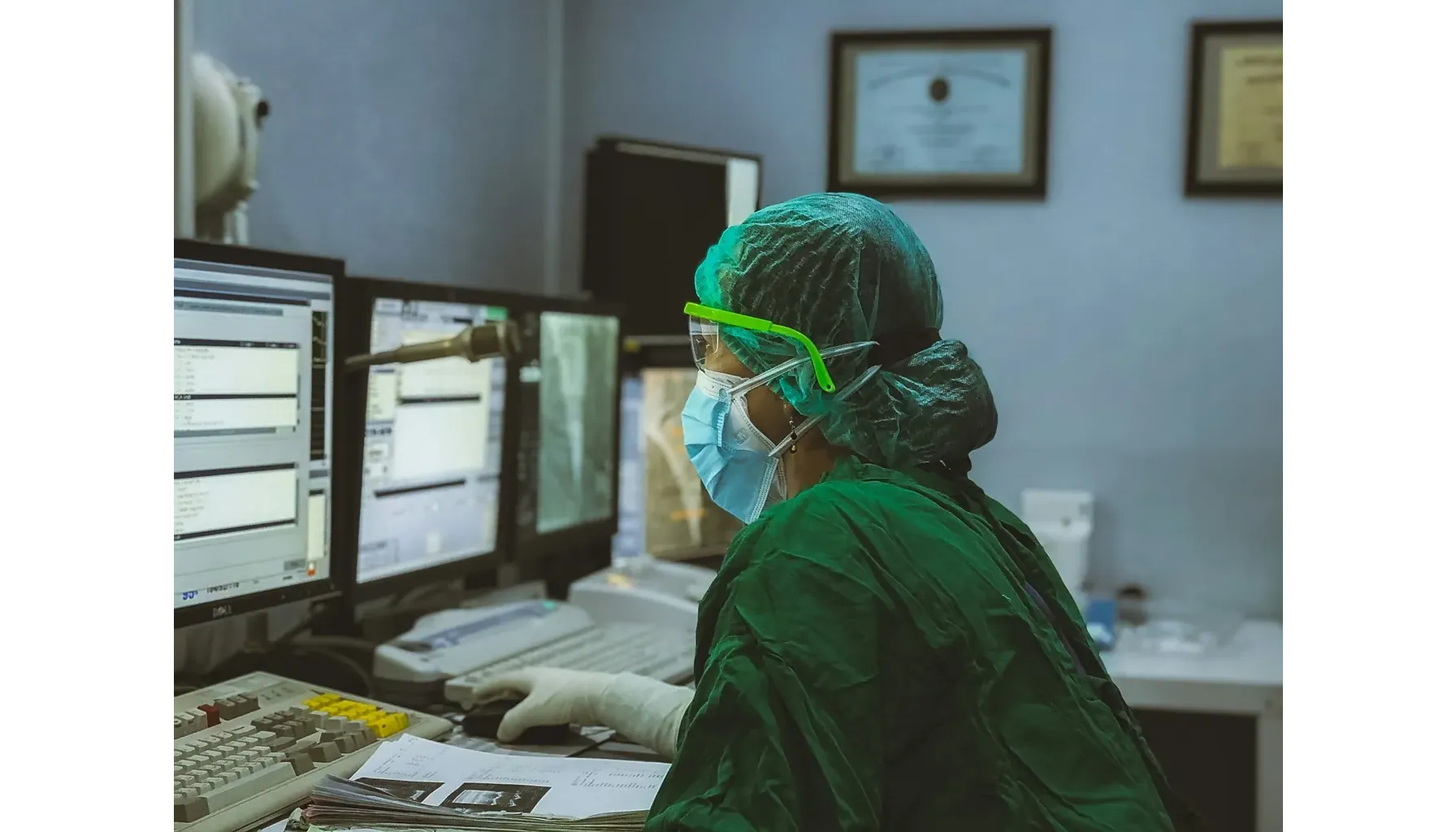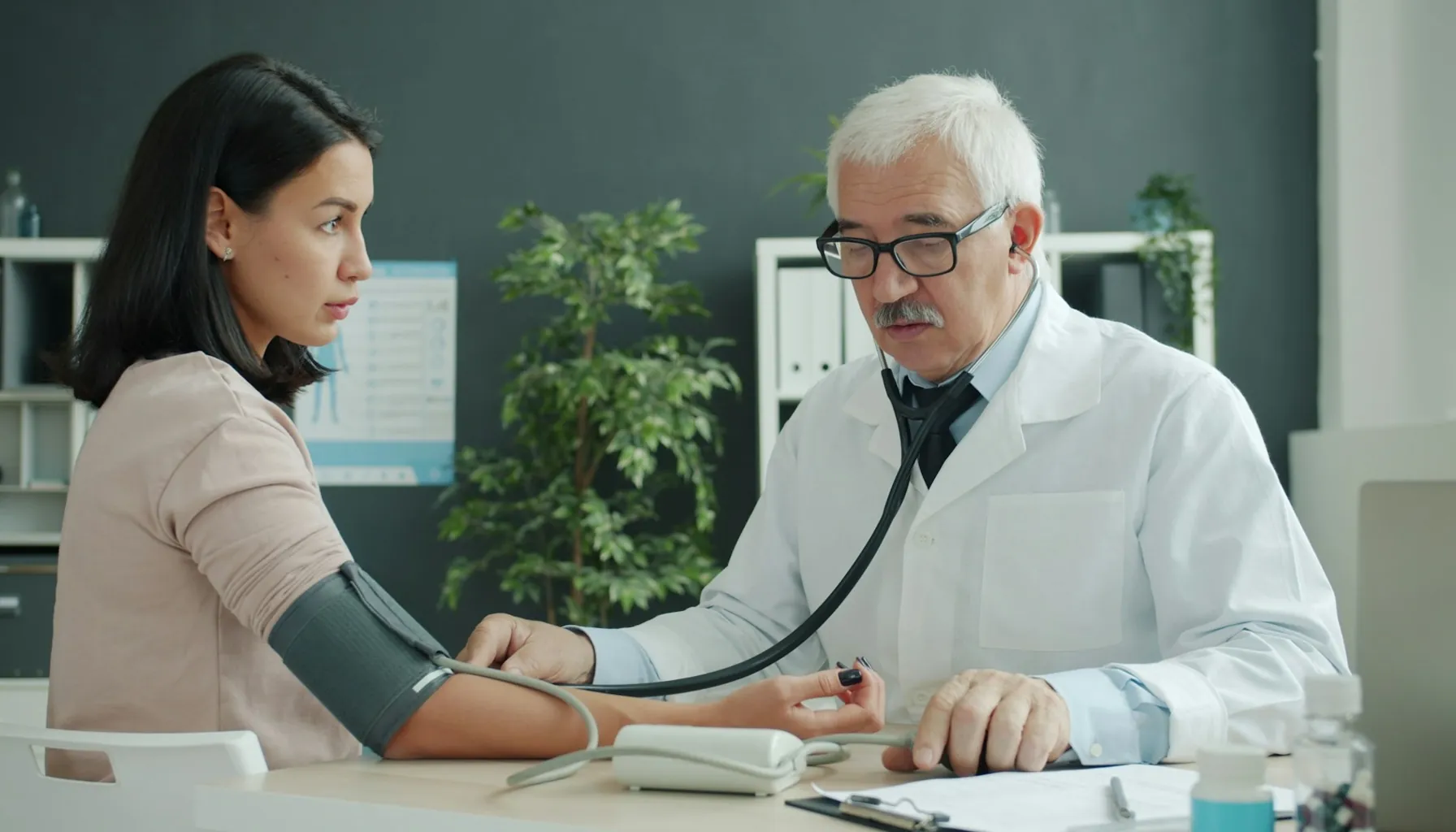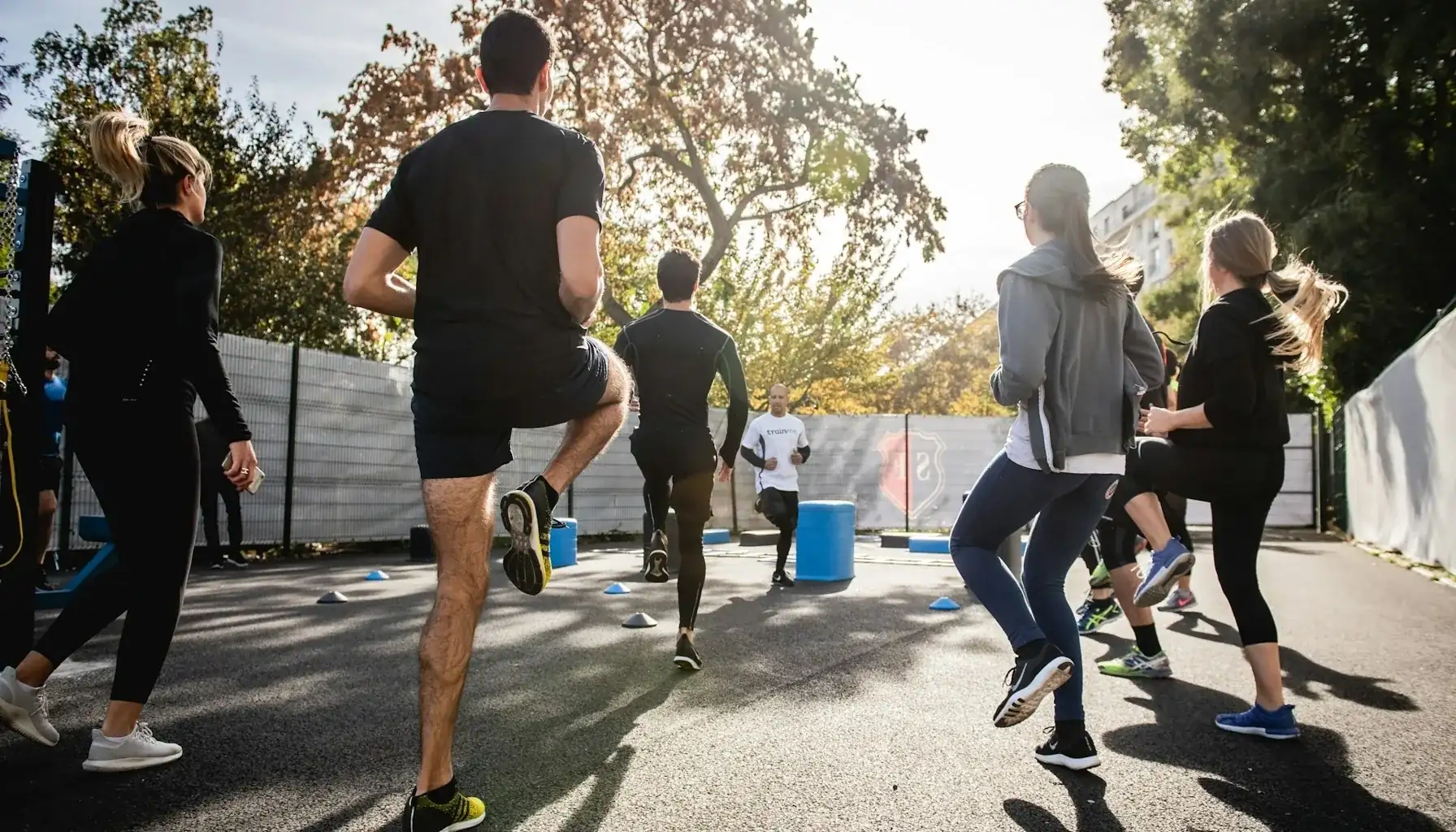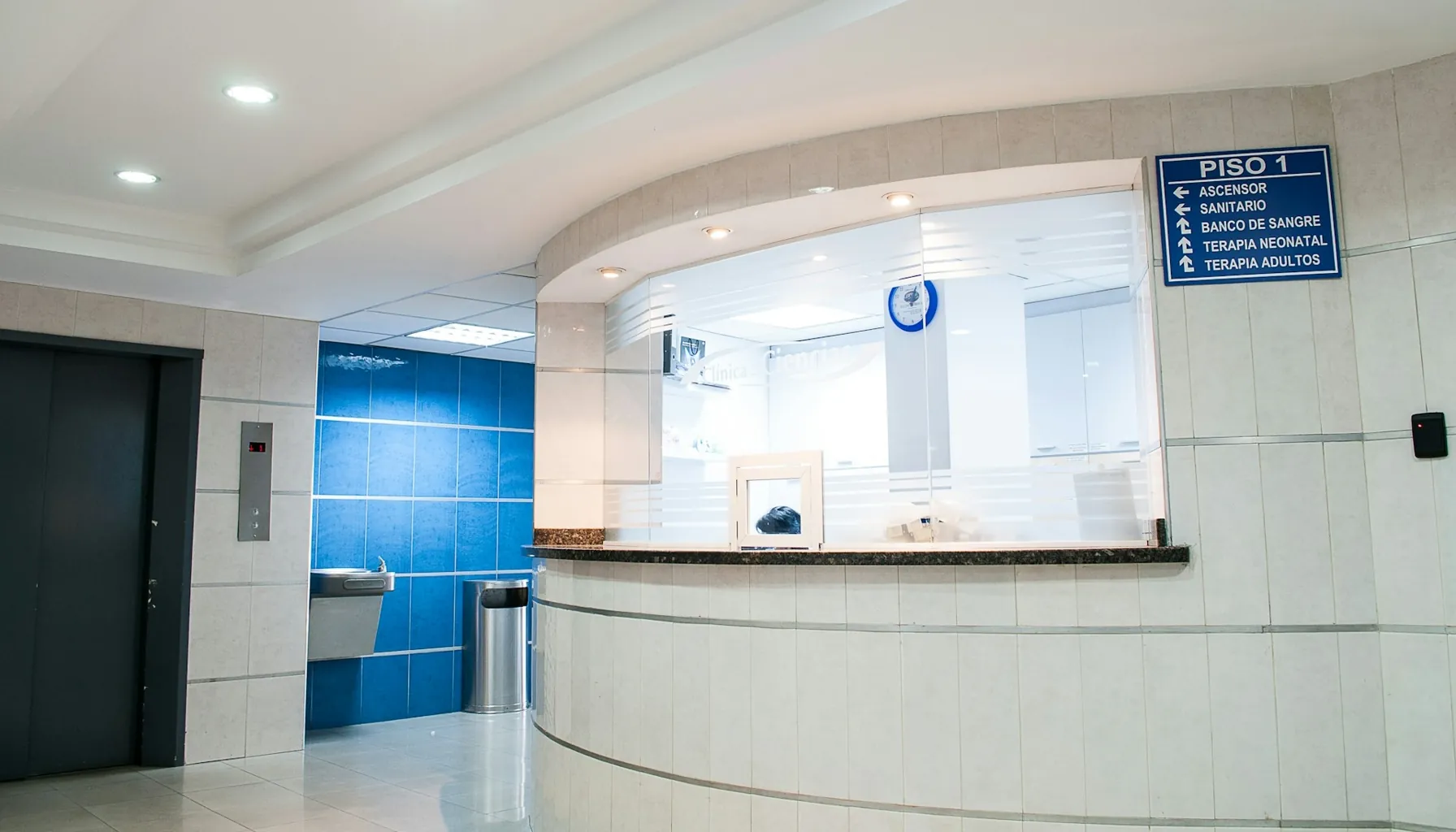Nosophobia – Meaning, Symptoms and Treatment

Contents:
Illness frightens many, but for some, the fear goes too far—nosophobia, when it seems a serious illness is already present. An obsessive anticipation of a threat develops: the person listens to their body, looks for "confirmation", and avoids places and situations where they might "catch" the illness.
The body also reacts—the heart beats faster, waves of panic surge, sleep is disrupted; social interactions fade because isolation feels safer.
Simple mindfulness practices like memory exercises can help reduce tension—they teach you to regain focus and keep anxiety within manageable limits.

What is Nosophobia?
Nosophobia Definition and Medical Context
The term comes from the Greek words nosos ("disease") and phobos ("fear"). It's a type of specific phobia, in which anxiety is tied to a specific threat—a serious illness.
Most often, the target is a disease with a high mortality rate: cancer, HIV, multiple sclerosis. While symptoms may not be present, the person is convinced the illness is already present or about to appear.
Making Sense of Nosophobia
Essentially, it's an irrational but intense fear of becoming infected or sick. It's not comparable to ordinary caution: it's a disorder that interferes with everyday life, from social withdrawal to the inability to function properly.
Nosophobia Meaning in Everyday Life

Personal Experiences and Daily Restrictions
A phobia becomes noticeable in the simplest actions. Riding public transportation can cause tension, and talking to someone with a cough can trigger panic. Sometimes people avoid hospitals or even medical news. All this limits freedom and gradually develops into a vicious cycle: the more avoidance, the greater the fear.
Sometimes, its manifestations appear unexpectedly. For example, the phenomenon of nosophobia fear and hunger has been described, where a person even avoids eating outside the home for fear of catching an infection. Fear can eventually reach basic needs and make life feel smaller.
Nosophobia Symptoms
Psychological and Cognitive Signs
Symptoms include obsessive thoughts about illness, constant body checks, and searching for information online. A person may spend hours reading medical articles, convinced they "definitely have an illness."
Physical Manifestations of Anxiety
The phobia also affects the body: rapid heartbeat, dizziness, dry mouth, trembling. Sometimes, severe panic attacks occur. At its peak, the fear interferes with sleep, wears the body down with fatigue, and isolates socially.
Causes and Risk Factors of Nosophobia

Studying Diseases and Professional Risks
This condition often occurs in medical students. While studying pathologies, they begin to look for symptoms in themselves. Therefore, nosophobia is sometimes called "medical students' disease."
Childhood Trauma and Family Influence
People who experienced a serious illness as children or witnessed the suffering of loved ones are especially vulnerable. Such experiences can reinforce the association "hospital = danger." Heredity is also at play here: high family anxiety increases the risk. Scientific literature links this to a genetic anxiety factor, passed down as a trait.
Media, Epidemics and Environment
News about pandemics, movies, or medical errors increases anxiety. During COVID-19, fear of illness has skyrocketed. Cultural factors play a role here: access to healthcare, trust in doctors, even economic situations.
Diagnosis and Nosophobia Test
Clinical Approaches and Evaluation
Doctors use the DSM-5 criteria when trying to determine whether a person has nosophobia. There's no specific test, but there are questionnaires that help assess the severity of the fear: how often thoughts about illness occur, whether they interfere with work and communication, and whether they are accompanied by panic.
The doctor's job is to distinguish this condition from similar ones. For example, with obsessive-compulsive disorder, anxiety is associated with rituals—a person might wash their hands ten times or check doors. Under generalized anxiety, fears don’t stay in one place but cover many areas. If the picture is unclear, a psychiatrist is brought in to ensure nothing is missed.
Hypochondria vs Nosophobia

Conceptual Differences
This is often confusing.
With hypochondria, anxiety extends to multiple illnesses, and the person repeatedly goes to the doctor for confirmation;
With nosophobia, fear is focused on one specific threat, and then the behavior is reversed—the person avoids doctors because they are afraid of getting a diagnosis.
Clinical Practice Distinctions
Doctors note that with hypochondria, the patient seeks confirmation of their fears, while with nosophobia, they tend to avoid contact, which can be even more dangerous, since help arrives too late.
Nosophobia Treatment
Psychotherapy and behavioral methods. The most effective option is cognitive behavioral therapy. It helps to identify obsessive thoughts like "any pain means cancer" and put them into perspective. The doctor doesn't throw the patient straight into the deep end, but rather guides them gradually: starting with conversations or articles, then a brief hospital tour. This way, step by step, the fear fades.
Trauma therapy and self-help. When anxiety is linked to childhood memories, it's important to address these. But you can do a lot on your own: simple breathing pauses, journaling, short attention exercises. Digital tools, such as Mind Elevate with its concentration training, can also be helpful.
Medication and support. If anxiety is overwhelming and prevents sleep or work, the doctor may prescribe antidepressants or sedatives. However, this isn't a "magic pill", but a temporary support while the person learns to cope with anxiety in other ways.
Complications and Associated Risks
Social, Emotional and Health-Related Issues
Ignoring the problem makes it worse: the person increasingly restricts themselves, avoiding social interactions and medical checkups. This increases the risk of missing a real illness. In such cases, doctors call it part of the spectrum of deviant behavior, where avoidance becomes a dominant pattern and disrupts everyday life.
Chronic fear can lead to depression, drug or alcohol abuse, and financial difficulties due to frequent visits to clinics.
Prevention and Coping Strategies

While it's impossible to completely prevent a phobia, there are steps you can take to reduce the risk:
Limiting excessive reading of medical news;
Regular exercise;
Family support;
Building resilience to stress through breathing and meditation practices.
Training your attention and memory is helpful: this reduces background anxiety. Simple cognitive tasks, concentration games, and exercise apps can help shift focus.
Living With Nosophobia

Living with this disorder is difficult, but possible. A combination of regular therapy, support from friends, working on bodily awareness, and flexibility in daily life is helpful. Fear is not what defines you, and it can be brought under control.
Seek help if anxiety starts to disrupt your sleep, work, or relationships. The sooner you begin working with a specialist, the better your chances of regaining your peace and sense of control.





